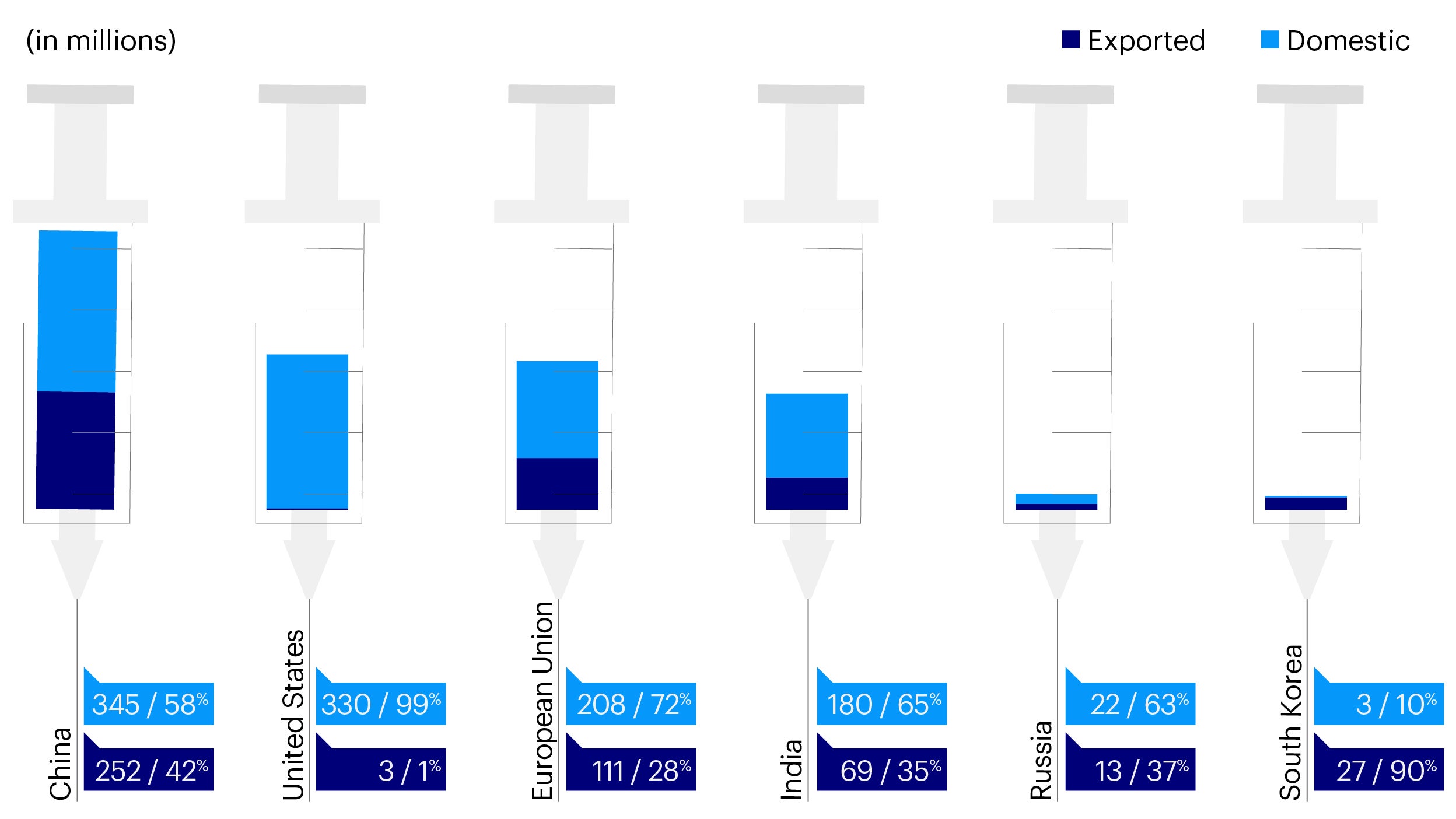Evolution of China’s Belt and Road Initiative: Health Silk Road

The Belt and Road Initiative (BRI) remains one of China’s most important national strategies. In the past most achievements related to promoting the primary targets of the initiative, the land-based Silk Road Economic Belt and sea-based 21st Century Maritime Silk Road. In recent years, China has expanded its ambitions with the introduction of the Digital Silk Road, Green Silk Road, Health Silk Road, and Polar Silk Road. While developments in these four areas have already changed the BRI landscape, global investors’ knowledge of the progress being made is still nascent. In this four-part blog series, we delve into these dimensions of the BRI to allow global investors to better understand the initiative’s future roadmap and the relevant investment implications. This third blog covers the Health Silk Road.
What is the Health Silk Road?
The Health Silk Road was proposed back in 2015 and its original intention was to declare China’s commitment to global healthcare and strengthen people-to-people bonds along the Belt and Road region. The outbreak of the COVID-19 crisis globally in 2020 led to an acceleration and expansion of the Health Silk Road, which now covers broader aspects such as medical innovation, cooperation among health-care professionals abroad, vaccine diplomacy, and medical facility construction. All of these are parts of China’s efforts to build a “community of common health for mankind” with its partnering Belt and Road countries. In July 2021, a white paper was published by the Information Office of China’s State Council confirming that developing the Health Silk Road will be China’s key priority under its 14th 5-year plan for national economic and social development.
Why is China promoting the Health Silk Road?
China’s efforts to revive the Health Silk Road during the pandemic were driven by both political and economic considerations. In political terms, these efforts have served to enhance China’s reputation as a responsible and resourceful member of the international community. It has also helped to build a better foundation for future cooperation and partnerships in other areas with Belt and Road countries. In economic terms, the Health Silk Road is beneficial for the development of China’s pharmaceutical and biotech industries given their broader reach into developing economies. The setup of better medical facilities and infrastructure has also opened up more opportunities in the Belt and Road region for both Chinese and local healthcare companies. With the pandemic behind us, similar political and economic motivations continue to drive China’s advancement of the Health Silk Road.
Outlook for Health Silk Road and investment implications
The last two to three years have been critical for the development of the Health Silk Road. As China began to recover from the pandemic, it actively donated medical supplies and equipment to Belt and Road countries and sent medical experts abroad to help countries in the region. Based on an official statement from Chinese government, during the pandemic, China donated medical equipment to 150 countries and 14 international organizations. The country provided US $50 million in funding to the World Health Organization and US $50 million funding to the UN COVID-19 Humanitarian Response Plan. China has also provided 1.5 billion doses of Chinese vaccines and raw ingredients, over 320 billion masks, 3.9 billion protective suits, and 5.6 billion testing kits to the rest of the world.1
However, the Health Silk Road is much more than China simply extending medical support to Belt and Road countries. Given the evolution of the COVID-19 pandemic and vaccines related to that, China has become the largest supplier of vaccines to developing economies. This is notable because up until 2019, China only played a minimal role in the global pharmaceutical industry. According to Channel News Asia, China contributed less than 2% of medical goods procured by United Nations in 2019. By contrast, India contributed 22% of such procurement, and 60% of global vaccine exports. Within one year of the pandemic, China was the leading exporter of vaccines to the world.2 According to government officials, China has provided more than half of the COVID-19 vaccines manufactured globally.3 As of May 2021, China led on both overall production and amounts exported as per the below chart.4 It is worth highlighting that while most developed economies focused more on providing domestic vaccines during the pandemic, China focused heavily on exporting vaccines to other countries, especially those in the Belt and Road region. Given these developments, China’s pharmaceutical industry has grown significantly in terms of both domestic production and global reach.

Source: Airfinity
China has not only worked to provide vaccines and export them to the developing countries but has also helped other countries build their own facilities to produce vaccines locally. This has benefited developing countries by enabling them to save on the cost of vaccines and ensure a more rapid distribution network. In June 2021, China announced an agreement with 28 other Belt and Road countries to further establish international cooperation on vaccines and promote the fair international distribution of vaccines in the countries around the world.5 A unique feature of the Belt and Road partnership is to distribute vaccines as public goods through technology transfer and providing training to local partners to enable local production. Chinese pharmaceutical companies have worked with local partners in Belt and Road countries to set up facilities and share the profits with them. For example, a major Chinese biotech company signed two agreements with Indonesia’s state-owned vaccine manufacturer for the supply, local production, and technology licensing of CoronaVac in August 2020.6 In March 2021, China and the United Arab Emirates (UAE) launched “Life Sciences and Vaccine Manufacturing in the UAE”, a joint project by a major UAE AI and cloud computing company and China’s main state-owned pharmaceutical company to initiate the first COVID-19 vaccine production line in the UAE.7 Overall, Chinese med-tech and biotech companies are now better positioned to forge partnerships that could enable them to expand their presence in the Belt and Road region.
There is no doubt that China’s Health Silk Road has played an important role in helping countries globally to battle the COVID-19 pandemic. With the pandemic behind us, the Health Silk Road is likely to evolve further instead of going off the radar. We expect the future developments of the Health Silk Road to be impactful in three areas: 1) Building a better healthcare system in the region in partnership with Belt and Road countries and creating a better foundation for cooperation in other areas; 2) Further enhancing the market share of Chinese pharmaceutical companies, med-tech and biotech companies in the Belt and Road region; 3) Collectively building better healthcare and medical infrastructure in the Belt and Road and creating more opportunities for medical companies and organizations in this market. Investors can selectively look into direct and indirect investment opportunities in related regions or sectors that could benefit from these overarching trends.
Investment risks
The value of investments and any income will fluctuate (this may partly be the result of exchange rate fluctuations) and investors may not get back the full amount invested.
When investing in less developed countries, you should be prepared to accept significantly large fluctuations in value.
Investment in certain securities listed in China can involve significant regulatory constraints that may affect liquidity and/or investment performance.





